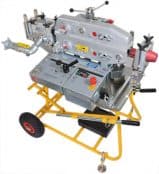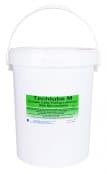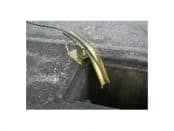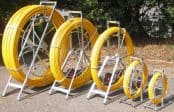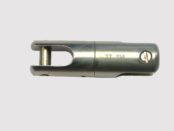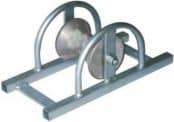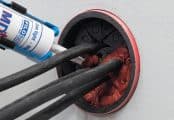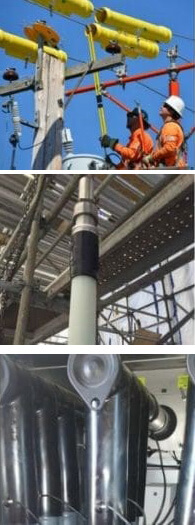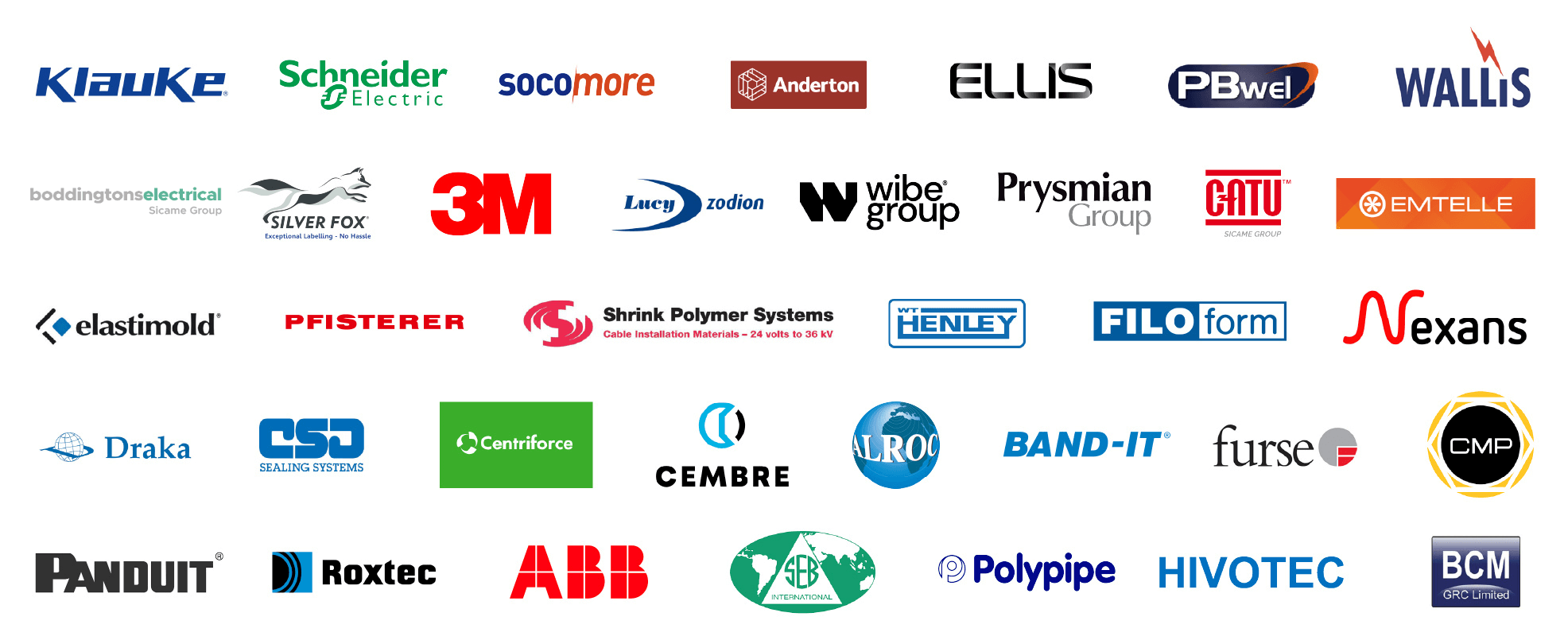Cable Pulling Equipment – A Cable Duct Laying Guide From BT Openreach
Published 01 Feb 2018
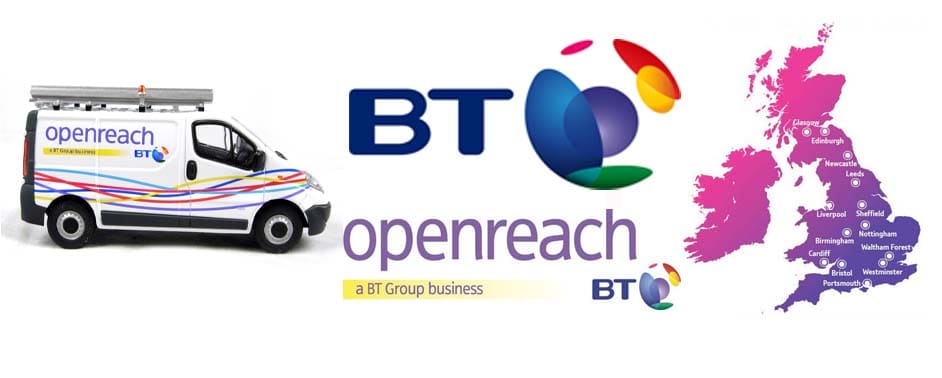
Thorne & Derrick | Cable Pulling & Laying Equipment Stockists and Suppliers
-
by Chris Dodds T&D - estimated reading time 5 minutes
Cable Pulling
The following information produced courtesy of a BT Openreach document provides a quick guide to duct laying and the Cable Pulling Equipment required to install cables into underground cable ducting.
Where the Openreach cable duct crosses a carriageway adjoining kerbs must be temporarily marked to note positions. Openreach duct needs to be laid on an outer edge of the service trench to enable box building. The contractor will need to insert a draw rope through the duct and secure it to the marker posts at both ends of the crossing. The appropriate Plug Duct 4B socket end and 4C Spigot must be fitted.

PVC Cable Duct For Underground Telecom Cables | Openreach
Duct beneath a carriageway crossing must be laid at a depth of 600mm from the cover of the final surface levels. For engineering reasons (National Joint Utilities Group NJUG) it must be separated from other services laid in parallel by 600mm (to permit Openreach to install underground joint boxes without the need for bends). Cable marker no.2 is needed at the site entrance boundary to ensure link up identification for cable contractors.
The latest information on the positioning of utilities, mains and plants can be obtained from the National Joint Utilities Group.

Cable Ducting
- All cable runs must be laid as straight as possible for installation into duct using correct cable pulling equipment
- If required bend the cable ducts or use pre-formed duct bends supplied by Openreach
- There can be no more than one pre-formed 90° cable duct bend in any single run of duct
- Pre-formed 90° cable duct bends cannot installed in any duct linking two joint boxes
- Footpath or service strip ducting must be laid at 350mm depth of cover
- All space alongside the cable duct must be backfilled with granular fill to a minimum thickness specified by Openreach
- For all Single Dwelling Units (SDU) cable duct must be terminated on the external surface of the property
- The duct termination point shall be in a location that will allow unrestricted access for any future maintenance activity
- All cable ducts must be provided with a draw rope after installation, unless it’s agreed locally to substitute the draw rope with a cable
- Please notify the field based coordinator (FBC) when the duct has been laid and is ready for inspection.
Typical issues with carriageway road crossings
- Insufficient depth
- Proximity to other services
Impact of issues
- Renew duct – this may delay any first occupation date or subsequent occupation dates.

Press Release | Thorne & Derrick Appointed Approved Stockist for UK Leading Cable Pulling Equipment Manufacturer
Avoiding Damage to the Openreach Underground Network
Openreach has an extensive underground network of ducted cables that can be located inside or on the perimeter of a site. The network is vulnerable to excavation related damage unless appropriate measures are taken. The precautions for avoiding damage to an underground utility plant are contained within the Health & Safety Guide No. 47: Avoiding Danger From Underground Services (download below).
This document stresses the need for available utility plans on site and the use of safe digging practices.
Third-party damage to the Openreach network can be expensive for that party to repair.
- Direct cost – the cost of repair
- Operational cost – delays associated with repair
- Social cost – loss of service to emergency services/centres or the vulnerable in society
💡 TIP: Use Openreach “Click Before You Dig” service – a proven record of minimising the potential for damage and cost.
If you locate damage on site you should contact your FBC immediately.
If outside the perimeter of your site and has the potential to be a danger to the general public please contact Openreach by calling 0800 023 2023, Option 1, Option 1.
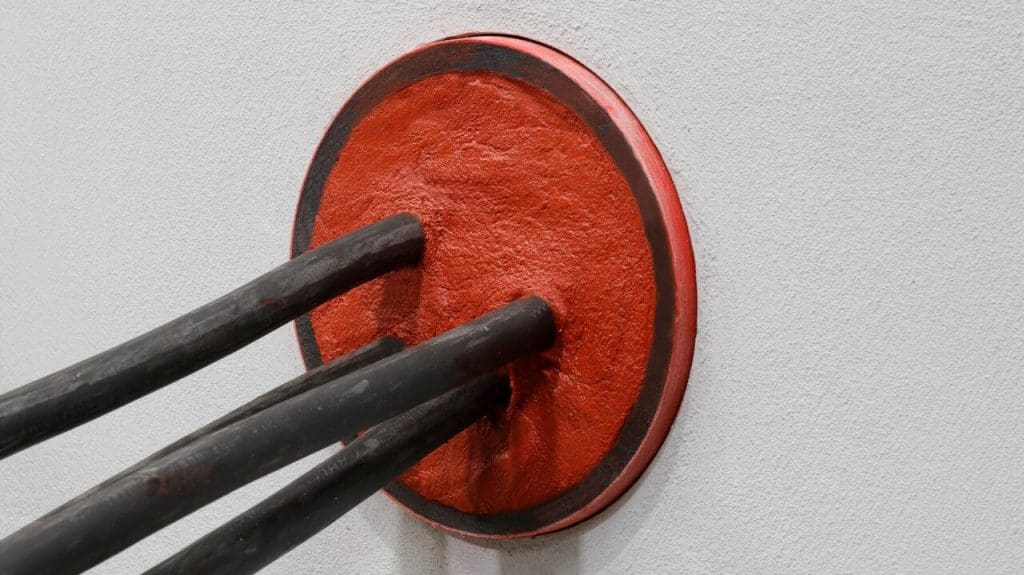
Duct Seals – contact us for duct sealing solutions and products to protect and provide sealing against water (flood prevention) to copper and fibre ducted cables.
Cable Pulling Equipment
Thorne & Derrick distribute an extensive range of Cable Pulling & Laying Equipment to enable the safe installation of fibre and copper cables within the telecommunications industry. Safely installed cables reduces operational and maintenance requirements to the network and reduced service interruption to telecom cables, wires, ducts, cabinets and exchanges – products include cable spiking tools, conduit rods, cable lubricant, cable socks and rollers.
➡ Further reading: Cable Pulling Equipment – A Cable Laying, Duct & Installation Guide From SSE
Further Reading
-
 Cable Laying – A Cable Duct Laying Guide From BT Openreach
Size: 158.63 KB
Cable Laying – A Cable Duct Laying Guide From BT Openreach
Size: 158.63 KB
-
 SEB Cable Pulling & Cable Laying Equipment LV MV HV
Size: 5.12 MB
SEB Cable Pulling & Cable Laying Equipment LV MV HV
Size: 5.12 MB
-
 Health & Safety Guide No. 47 Avoiding Danger From Underground Services HSG47
Size: 1.15 MB
Health & Safety Guide No. 47 Avoiding Danger From Underground Services HSG47
Size: 1.15 MB
-
 BT Openreach – Cable Duct & Joint Box Items
Size: 395.00 KB
BT Openreach – Cable Duct & Joint Box Items
Size: 395.00 KB



